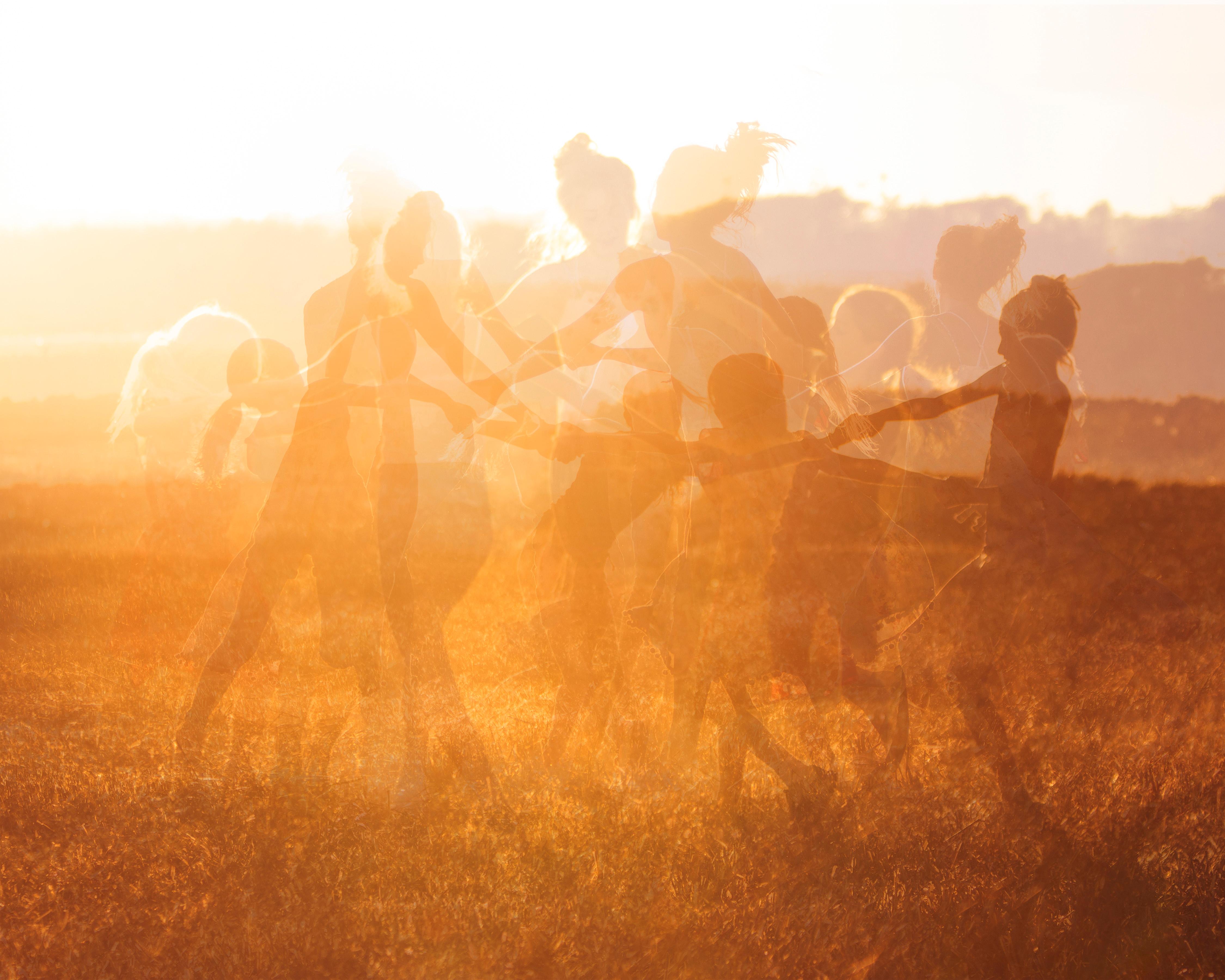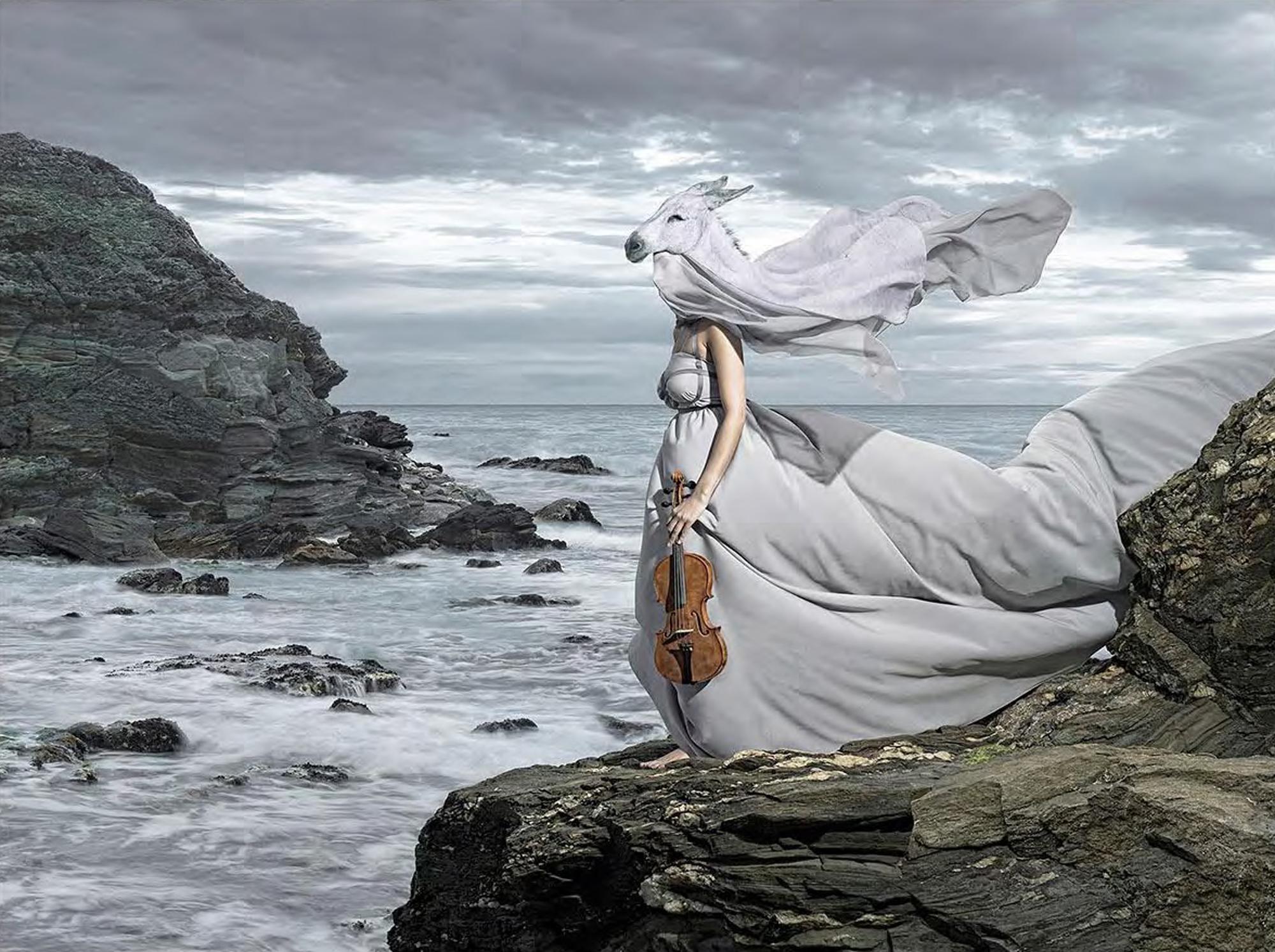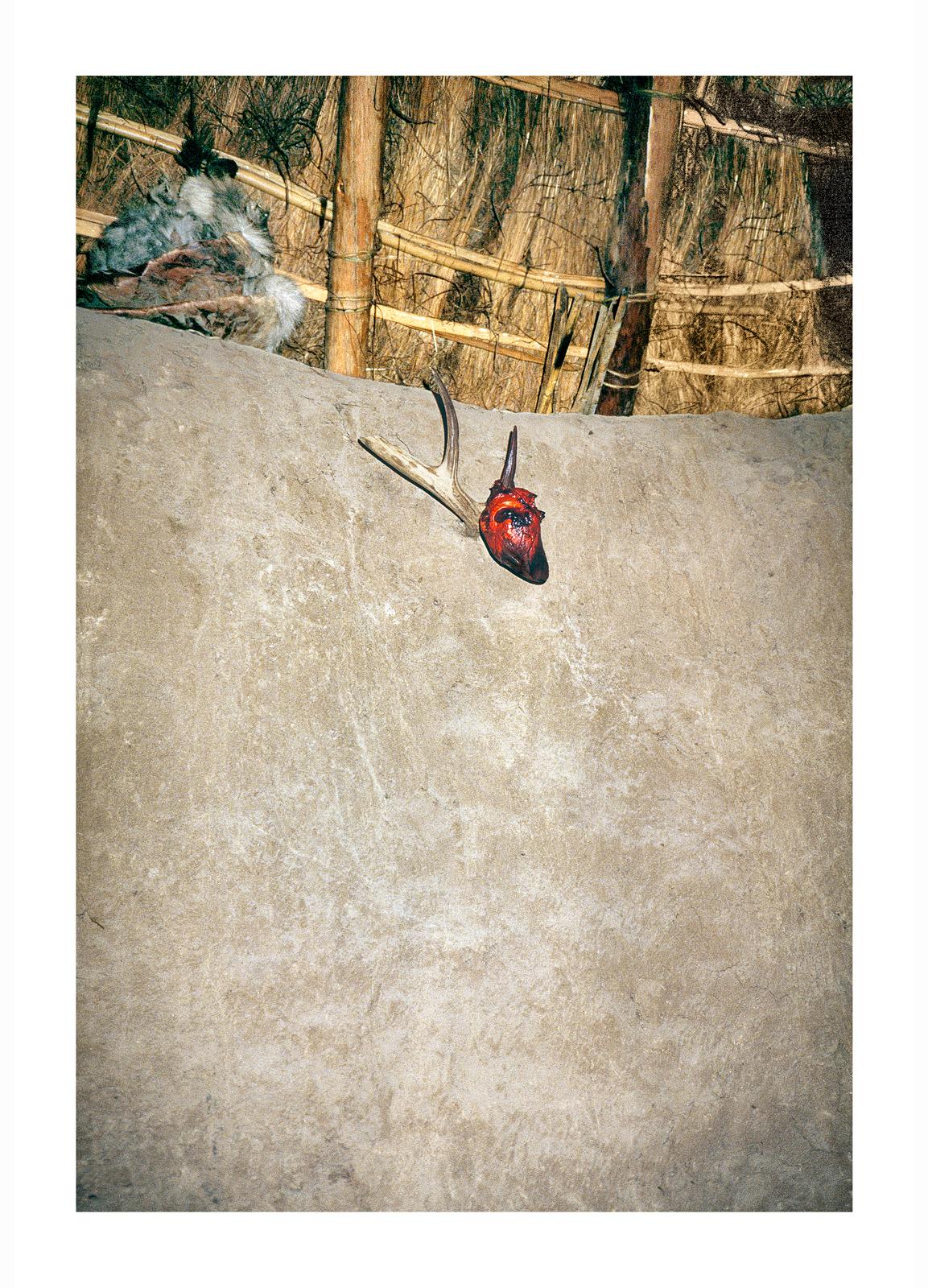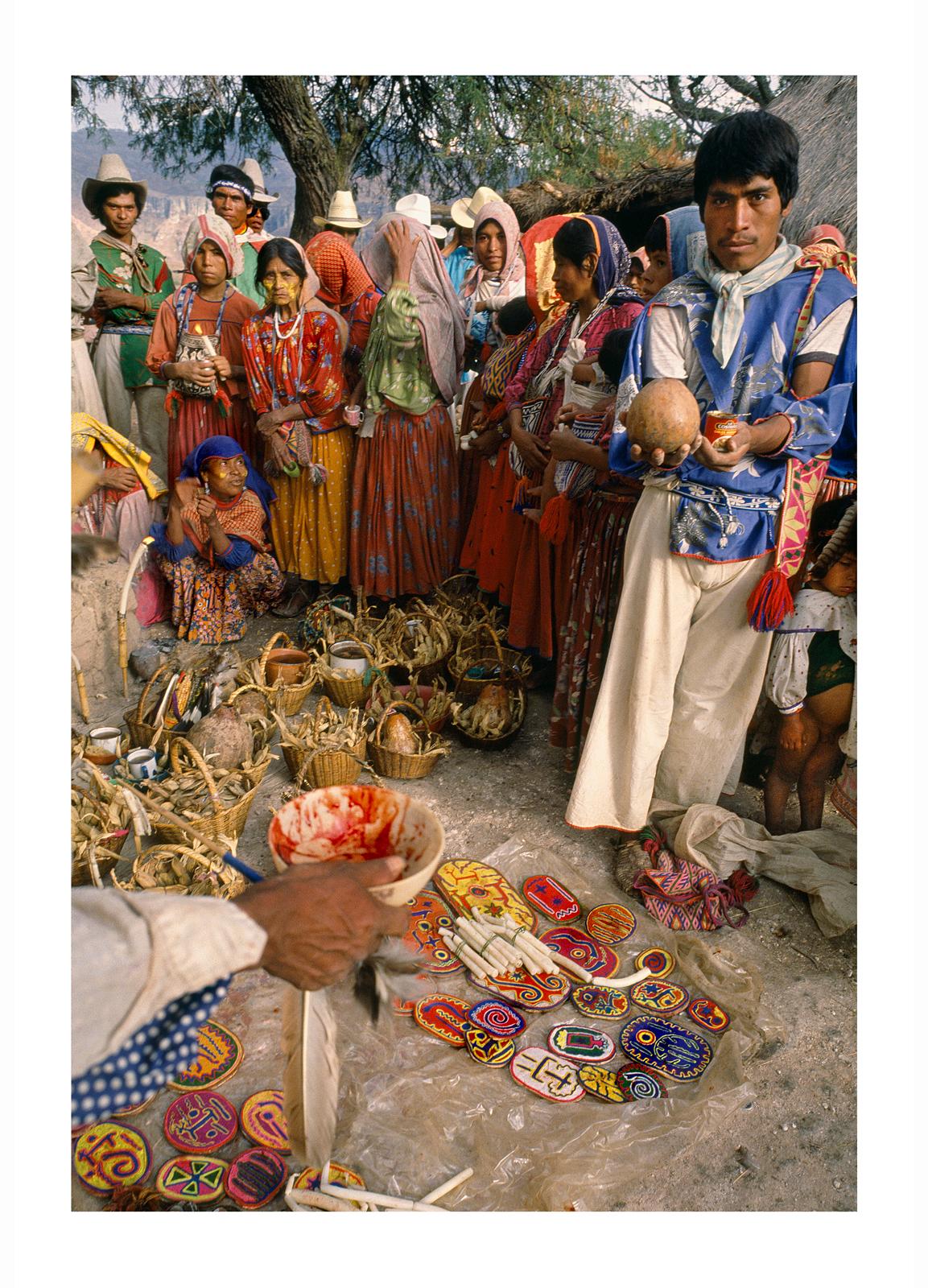Salvatore ArnoneUntitled, Balance Series. Male Nude Torso. Digital Collage Color Photograph2022
2022
About the Item
- Creator:Salvatore Arnone (1973, Italian)
- Creation Year:2022
- Dimensions:Height: 50 in (127 cm)Width: 35 in (88.9 cm)Depth: 0.1 in (2.54 mm)
- Medium:
- Movement & Style:
- Period:
- Condition:
- Gallery Location:Miami Beach, FL
- Reference Number:1stDibs: LU45339976952
Salvatore Arnone
Italian artist Salvatore Arnone lives and works in Paris since 2014. After a debut career as an engineer, he moved into jewelry design and worked for different brands around the world for almost 10 years. Despite this immersion in the creative field, at some point, he felt the need to dedicate himself solely to photography and focus on his own vision.
In 2010 he was published for the first time in Vanity Fair Italia and over the years his work has been displayed on several magazines and exhibitions all over the world. From the age of 25, he began to experience progressive hearing loss due to genetic cellular degeneration that forced him to use hearing aids. The lack of one sense deeply affected his perception of the world around him and his social relationships pushing him to a slow but constant process of self-isolation that is well visible in all his production.
His images mostly gravitate around the research of a personal idea of beauty that often melts into sadness and silence, of harmony into the chaos, of balance within the imperfection that represents the leitmotif of all his body of work. The author is currently focusing not only on his personal work but also experimenting with different media other than photography.
- ShippingRetrieving quote...Ships From: Paris, France
- Return PolicyThis item cannot be returned.
- The frequencies I am made of. performance photography color portraitBy Maria José ArjonaLocated in Miami Beach, FLThe frequencies I am made of, Set Individual Image size: 68.8 in. H x 43.3 in. W Overall Image size: 68.8 in. H x 216.5 Gicleé print on cotton rag 68.8" H x 43.3" W Ed 4/5 + 1AP 201...Category
2010s Contemporary Color Photography
MaterialsGiclée, Color, Archival Pigment
- Untitled B and A, Diptych, Balance Series. Mounted on Aluminum PhotographBy Salvatore ArnoneLocated in Miami Beach, FLUntitled B and A Diptych, 2022 by Salvatore Arnone From the series Balance Photography and acrylic mounted on aluminum Overall size: 50 in. H x 70 in. W Individual size: 50 in. H x 3...Category
2010s Contemporary Color Photography
MaterialsAcrylic, Digital, Archival Pigment
- Race, From The Manifesto series - Sao PauloBy Guilherme LicurgoLocated in Miami Beach, FLRace, From The Manifesto-Sao Paulo Series Inkjet print on cotton on paper Large: 60 in. H x 40 in. W Edition of 5 + 2AP Print Other sizes are available. All Prices are quoted as ...Category
2010s Contemporary Color Photography
MaterialsCotton, Color, Inkjet, Archival Pigment
- All the others in me. (Milan) Performance photography color portraitBy Maria José ArjonaLocated in Miami Beach, FLAll the others in me (Milan) Gicleé print on cotton rag 43.3" x 27.5" Ed 4/5 +1AP 2012. ALL THE OTHERS IN ME Marrakech Biennale MOAD Miami MAMBO Bogota. The body, in opposition to t...Category
2010s Contemporary Color Photography
MaterialsGiclée, Color, Archival Pigment
- All the others in me. (Milan) Performance photography color portraitBy Maria José ArjonaLocated in Miami Beach, FLAll the others in me. (Milan) Gicleé print on cotton rag 43.3" x 27.5" Ed 4/5 +1AP 2012 ALL THE OTHERS IN ME Marrakech Biennale MOAD Miami MAMBO Bogota. The body, in opposition to t...Category
2010s Contemporary Color Photography
MaterialsGiclée, Color, Archival Pigment
- The frequencies I am made of #5 Performance photography color portraitBy Maria José ArjonaLocated in Miami Beach, FLThe frequencies I am made of #5 Gicleé print on cotton rag 68.8" H x 43.3" W Ed 4/5 + 1AP 2017. THE FREQUENCIES THAT MAKE ME The winning project of the creation grant of the Ministry...Category
2010s Contemporary Color Photography
MaterialsGiclée, Color, Archival Pigment
- 'Harvest Dance' Movement dance figures gold yellow orange fire nature wildBy Sophia MilliganLocated in Penzance, GB'Harvest Dance' Limited edition archival photograph. Unframed, hand signed and numbered _________________ Late August, captured in the glow of the evening sun, my daughters join han...Category
2010s Contemporary Figurative Photography
MaterialsArchival Paper, Archival Pigment, Archival Ink, Giclée
- HUICHOL: MOUNTAIN, DESERT, NEW YORK (`95-`21). Limited edition of 5.By PABLO ORTIZ-MONASTERIOLocated in Ciudad De México, MXDocumentary Photograph. Contemporary Inkjet on cotton. Limited edition of 5. Signed front and verso. Framed in lacquered black frame with spacer) The first person to photograph the Huichol in their remote communities in the inaccessible canyons of the Western Sierra Madre was probably the Norwegian anthropologist, Carl Lumholtz. He ventured into their territory in 1895, shortly before the arrival of the French naturalist and ethnographer Léon Diguet, who was also a photographer. Like so many who were engaged with documenting Indigenous peoples across the Americas in those brutal years of expansion and settlement, Lumholtz believed that the disappearance of his subjects was inevitable: “the weaker must succumb to the stronger, and the Indians will ultimately all become Mexicans.” The photographs of the Huichol by Pablo Ortiz Monasterio—taken on some twenty trips over the past three decades—prove that Lumholtz was fortunately, terribly wrong. They reveal abundant evidence of cultural survival (what the Huichol call “la costumbre”), made possible by their extraordinary resistance to the religious, nationalist, and economic forces that have long assaulted—and that continue to assault—Indigenous communities everywhere. Though Ortiz Monasterio is also an outsider, he does not operate—like Lumholtz or Diguet—as an old-fashioned preservationist, nor is he confident in the superiority of Western culture, nor is his work only destined for museum vitrines...Category
1990s Contemporary Color Photography
MaterialsArchival Pigment, Inkjet
- Once Upon a Time: Piel de Asno.Located in Ciudad De México, MXFernando Bayona, Once Upon a Time: "Piel de Asno". Fine Art Inkjet Print Sizes: S: 25.6 x 20.8 in. / Ed. 3 M: 41.7 x 33 in. / Ed. 3 L: 53.1 x 41.7 in. / Ed. 2 + 1A.P "The narrat...Category
21st Century and Contemporary Contemporary Color Photography
MaterialsArchival Pigment, Inkjet
- HUICHOL: MOUNTAIN, DESERT, NEW YORK (`95-`21). Limited edition of 5.By PABLO ORTIZ-MONASTERIOLocated in Ciudad De México, MXDocumentary Photograph. Contemporary Inkjet on cotton. Limited edition of 5. Signed front and verso. Framed in lacquered black frame with spacer) The first person to photograph the Huichol in their remote communities in the inaccessible canyons of the Western Sierra Madre was probably the Norwegian anthropologist, Carl Lumholtz. He ventured into their territory in 1895, shortly before the arrival of the French naturalist and ethnographer Léon Diguet, who was also a photographer. Like so many who were engaged with documenting Indigenous peoples across the Americas in those brutal years of expansion and settlement, Lumholtz believed that the disappearance of his subjects was inevitable: “the weaker must succumb to the stronger, and the Indians will ultimately all become Mexicans.” The photographs of the Huichol by Pablo Ortiz Monasterio—taken on some twenty trips over the past three decades—prove that Lumholtz was fortunately, terribly wrong. They reveal abundant evidence of cultural survival (what the Huichol call “la costumbre”), made possible by their extraordinary resistance to the religious, nationalist, and economic forces that have long assaulted—and that continue to assault—Indigenous communities everywhere. Though Ortiz Monasterio is also an outsider, he does not operate—like Lumholtz or Diguet—as an old-fashioned preservationist, nor is he confident in the superiority of Western culture, nor is his work only destined for museum vitrines...Category
1990s Contemporary Color Photography
MaterialsArchival Pigment, Inkjet
- HUICHOL: MOUNTAIN, DESERT, NEW YORK (`95-`21). Limited edition of 5.By PABLO ORTIZ-MONASTERIOLocated in Ciudad De México, MXDocumentary Photograph. Contemporary Inkjet on cotton. Limited edition of 5. Signed front and verso. Framed in lacquered black frame with spacer) The first person to photograph the Huichol in their remote communities in the inaccessible canyons of the Western Sierra Madre was probably the Norwegian anthropologist, Carl Lumholtz. He ventured into their territory in 1895, shortly before the arrival of the French naturalist and ethnographer Léon Diguet, who was also a photographer. Like so many who were engaged with documenting Indigenous peoples across the Americas in those brutal years of expansion and settlement, Lumholtz believed that the disappearance of his subjects was inevitable: “the weaker must succumb to the stronger, and the Indians will ultimately all become Mexicans.” The photographs of the Huichol by Pablo Ortiz Monasterio—taken on some twenty trips over the past three decades—prove that Lumholtz was fortunately, terribly wrong. They reveal abundant evidence of cultural survival (what the Huichol call “la costumbre”), made possible by their extraordinary resistance to the religious, nationalist, and economic forces that have long assaulted—and that continue to assault—Indigenous communities everywhere. Though Ortiz Monasterio is also an outsider, he does not operate—like Lumholtz or Diguet—as an old-fashioned preservationist, nor is he confident in the superiority of Western culture, nor is his work only destined for museum vitrines...Category
1990s Contemporary Color Photography
MaterialsArchival Pigment, Inkjet
- HUICHOL: MOUNTAIN, DESERT, NEW YORK (`95-`21)By PABLO ORTIZ-MONASTERIOLocated in Ciudad De México, MXThe first person to photograph the Huichol in their remote communities in the inaccessible canyons of the Western Sierra Madre was probably the Norwegian anthropologist, Carl Lumholtz. He ventured into their territory in 1895, shortly before the arrival of the French naturalist and ethnographer Léon Diguet, who was also a photographer. Like so many who were engaged with documenting Indigenous peoples across the Americas in those brutal years of expansion and settlement, Lumholtz believed that the disappearance of his subjects was inevitable: “the weaker must succumb to the stronger, and the Indians will ultimately all become Mexicans.” The photographs of the Huichol by Pablo Ortiz Monasterio—taken on some twenty trips over the past three decades—prove that Lumholtz was fortunately, terribly wrong. They reveal abundant evidence of cultural survival (what the Huichol call “la costumbre”), made possible by their extraordinary resistance to the religious, nationalist, and economic forces that have long assaulted—and that continue to assault—Indigenous communities everywhere. Though Ortiz Monasterio is also an outsider, he does not operate—like Lumholtz or Diguet—as an old-fashioned preservationist, nor is he confident in the superiority of Western culture, nor is his work only destined for museum vitrines...Category
1990s Contemporary Color Photography
MaterialsArchival Pigment, Inkjet






